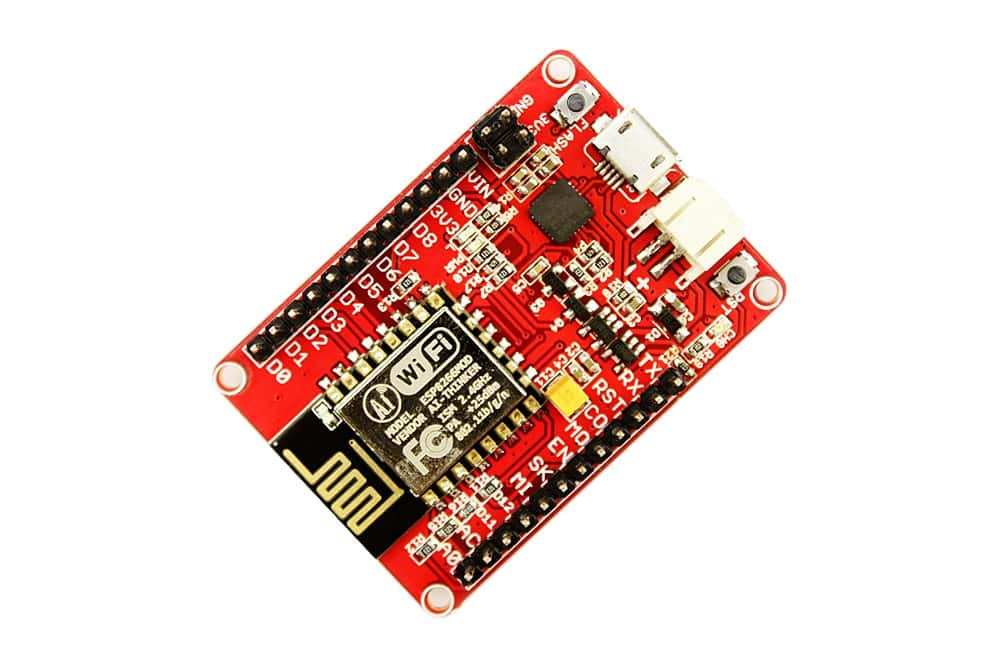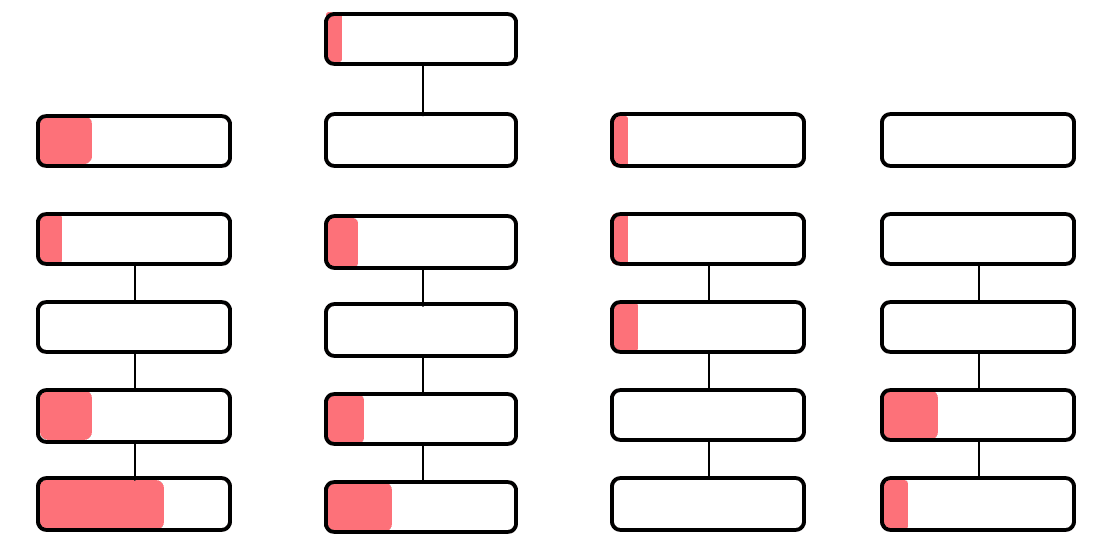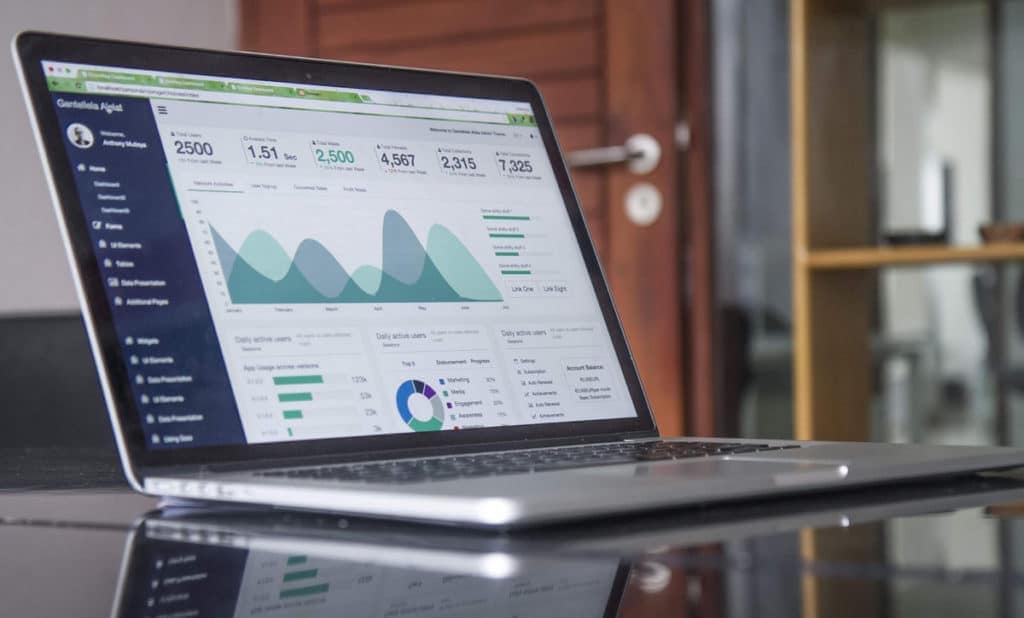The addition of connectivity to products that are brought to market thanks to IoT technologies is an extremely topical issue. In our experience, in fact, several SMEs are structuring themselves through internal and external expertise in order to equip their product range with connectivity.
First of all, depending on the type and shape of company, the benefits and motivations may change. Some ways to leverage usage data can be:
- better understand the nature of demand and customer needs
- offer additional/new services
- optimize maintenance operations
- be competitive to adapt and change your business model in the future
Conception of the initiative
Creating a connectivity platform for a manufacturing company is in itself no different than creating a startup, going from conceptualizing a prototype to go-to-market with a scalable structure.

In the initial stages of platform conception and development, the company generally turns to its internal technology contact. The IT department starts working on the conception of the prototype and joins a pool of internal and external expertise to create the platform:
- hardware production: component selection, custom board assembly/selection of standard modules...
- development skills: firmware, app, server, web portal...
- Third party services: choice of providers for connectivity and communications, security, customer service systems...

Consolidation of activities and increase in quantities
Once the prototyping phase of the platform has been overcome, which presents an architecture of a certain complexity, the focus begins to shift to the organization side.
- it is necessary to provide for the constant management and updating of a complex technological infrastructure
- the management of suppliers becomes more critical because they are extremely different in nature from those with whom the purchasing office is used to talking. In particular, the relationship with the hardware manufacturer is always critical.
- the management of new services (e.g. subscriptions and renewals) through a dedicated process and related customer care should be considered
The activities necessary to maintain and develop the IoT platform physiologically begin to "propagate" throughout the organization by leveraging work hours from different departments and levels of hierarchy. It should be noted that this sort of "diffuse organization" that has been created carries out activities that are different in type, dynamics and priority from those of the parent company.

In a startup IoT-based initiative in the lap of an established organization, the operations and execution risk of the initiative will go up exponentially as the number of pieces in the market increases

It is therefore advisable, just before the quantities are put on the market:
- mapping the activities related to the IoT initiative
- decoupling the growth in required activity from the growth in quantities placed on the market
- unbundling these activities from the parent company's business and bringing them under a dedicated business unit
Conclusions
Following this procedure, it is possible to optimize the absorption of the costs of the initial development of the platform in the context of the existing organization, and then to go and unbundle the activity when it can be linked to a sustainable business unit income statement, appropriately synchronizing the timing with the go-to-market of the (new) connected product.
The entire process can be facilitated in its phases by the adoption of an organizational/documental framework that allows you to take advantage of the incentives available to companies that engage in innovation projects, which I have written about in this article.




